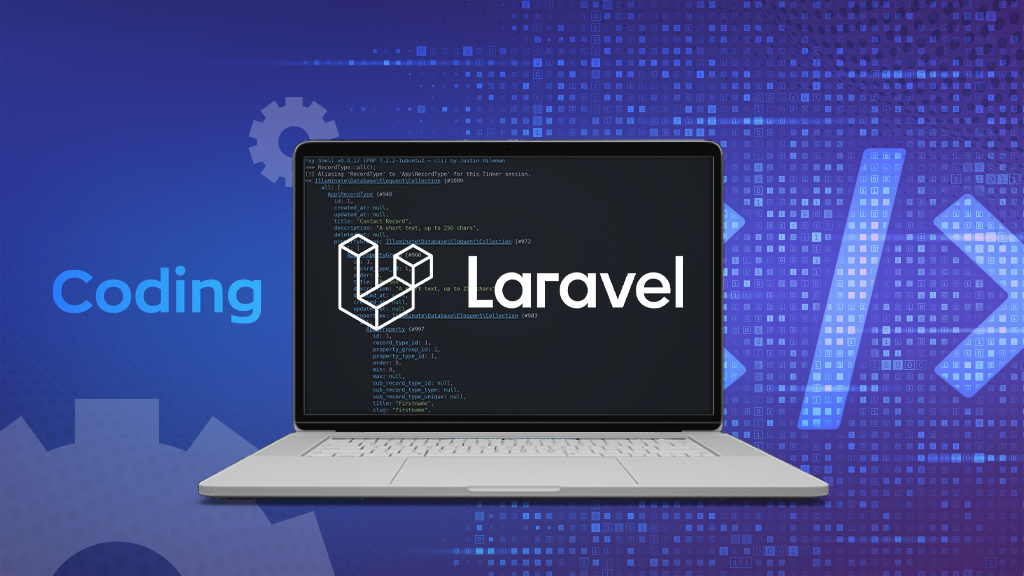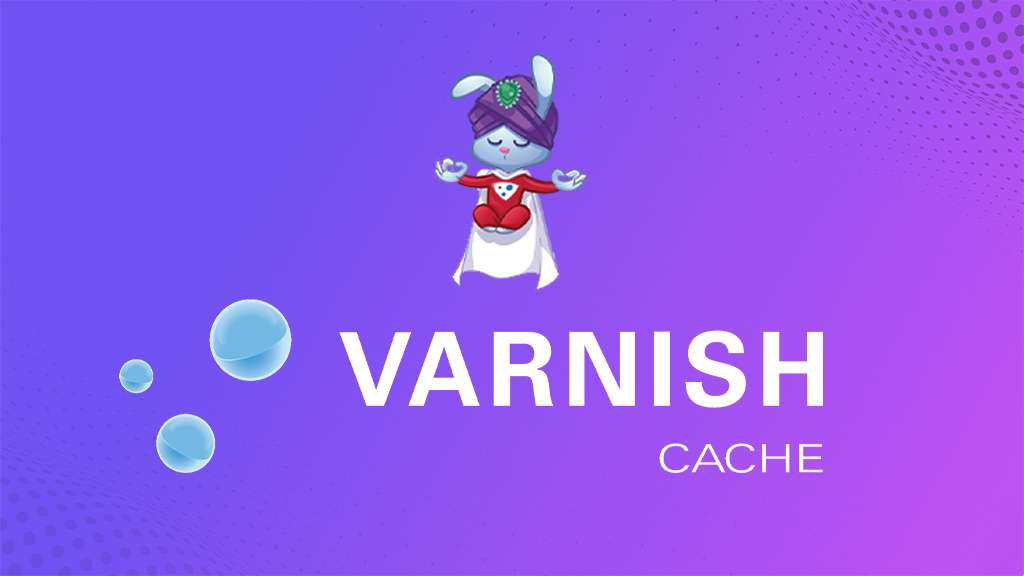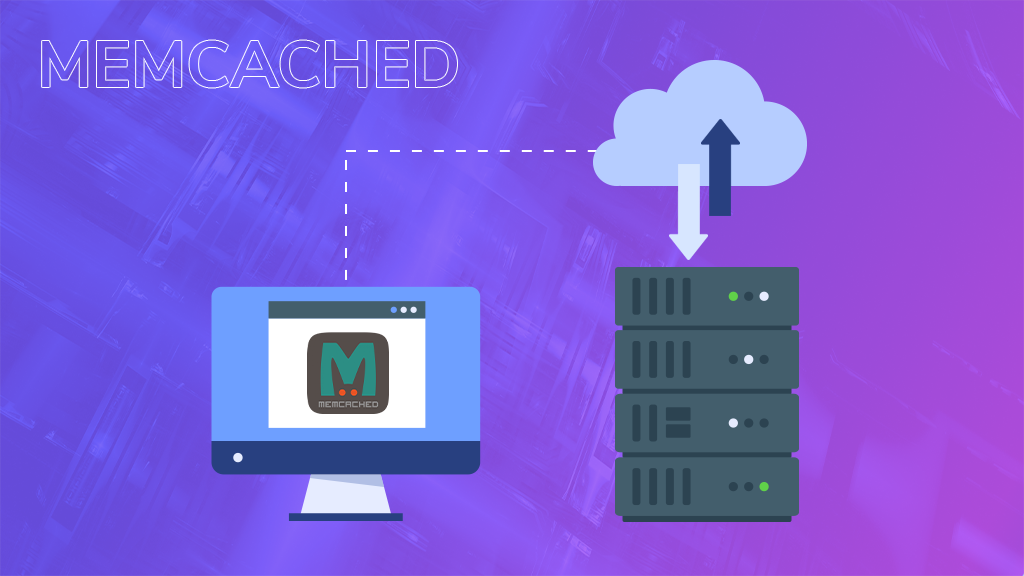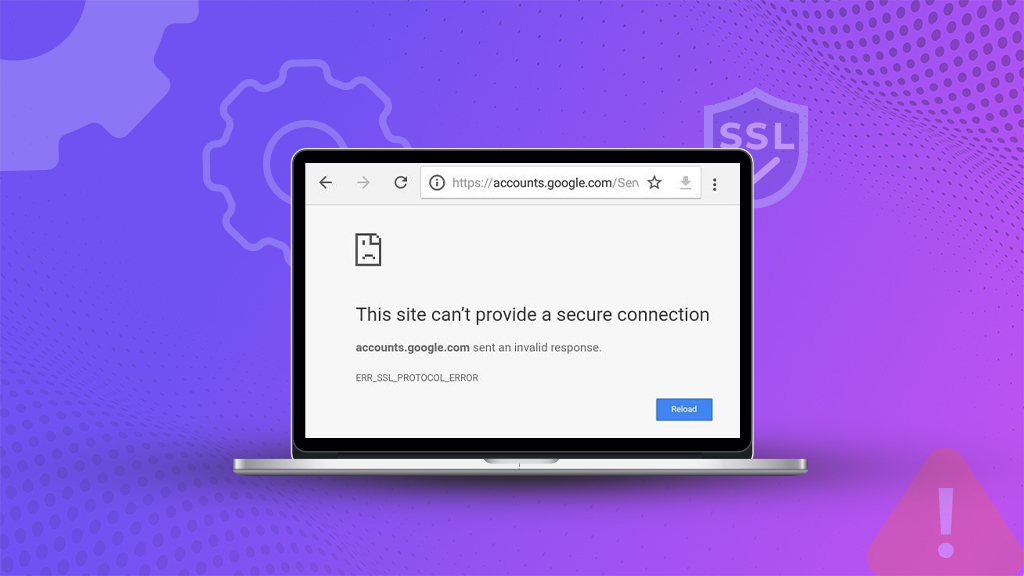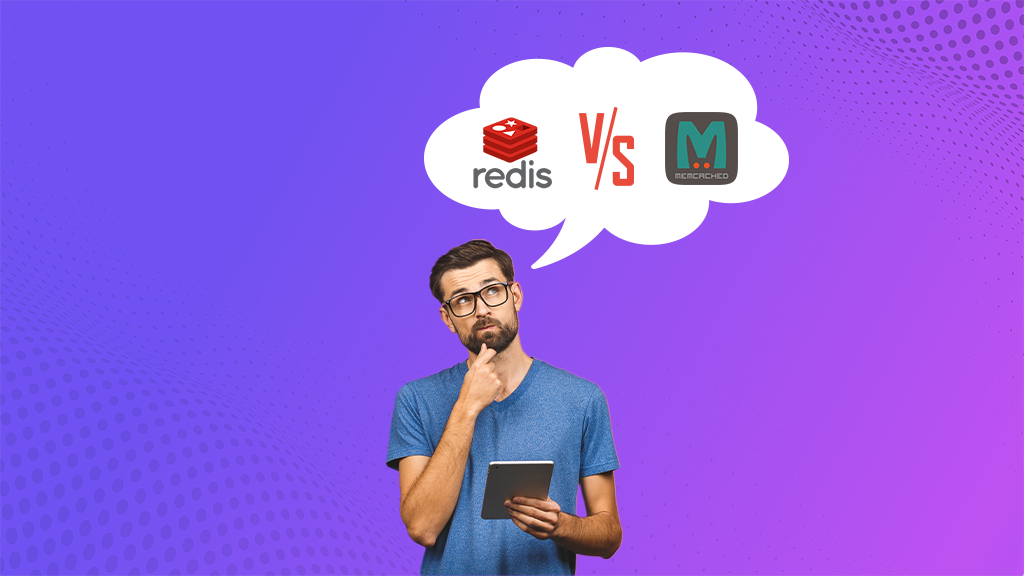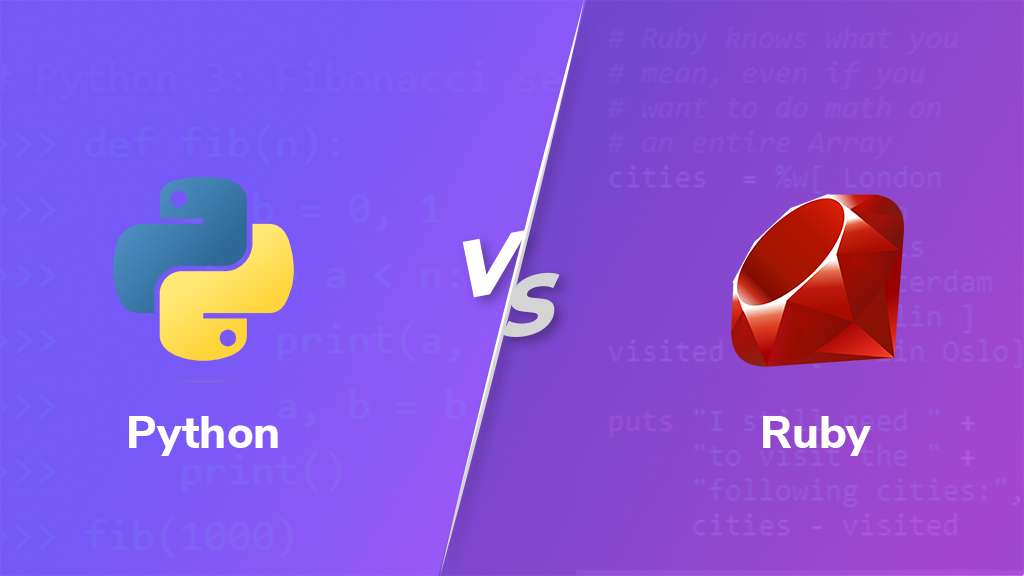
In the realm of programming, a perpetual debate rages on: Python vs Ruby. These two languages possess remarkable capabilities and distinctive characteristics, leaving developers in a state of indecision. However, in the year 2024, the importance of selecting the appropriate language has reached unprecedented levels. Frameworks undergo evolution, trends undergo shifts, and the landscape of programming continues to transform.
Rather than proclaiming a victor, this blog post serves as a comprehensive guide to both Python and Ruby, specifically tailored for developers in 2024. We will delve into their respective strengths, weaknesses, and optimal use cases, equipping you with the knowledge necessary to make an informed decision based on your unique requirements and objectives.
Overview of Python
Python is a programming language that stands out for its readability, versatility, and user-friendly nature. It acts as a bridge between humans and machines due to its simple syntax that resembles natural language. This quality makes it an excellent choice for beginners starting their coding journey and experienced developers working on complex applications.
Let’s take a closer look at what makes Python so special:
1. Flows like English
Python code can be read almost as easily as a book, making it intuitive to learn and write.
2. Has a tool for every job
Python offers a wide range of libraries and frameworks that cover various domains such as data science, web development, automation, and more. This empowers users to tackle diverse projects with ease.
3. Welcomes you with open arms
Python has a large and active community of enthusiasts who are ready to support you with resources, tutorials, and assistance whenever you need it.
4. Keeps improving
Python continuously evolves by introducing new features and improvements, ensuring that it remains relevant and up-to-date with the ever-changing tech landscape
Features of Python
Whether you are diving into coding for the first time, building complex data analysis tools, creating dynamic web applications, automating tasks to streamline your workflow, or exploring the frontiers of AI and machine learning, Python is the language that can meet your needs.
1. TypedDict
Consider a jar labeled “cookies only.” TypedDict enables the creation of dictionaries that retain information about the type of data they hold, such as numbers for temperatures or strings for names. This prevents accidental mix-ups, like placing a sock in the cookie jar (a string in the number jar!). It’s akin to having a personal assistant for your data, ensuring everything remains organized and clear.
2. Assignment Expressions
Envision the combination of cooking and cleaning in a single step! Assignment expressions allow you to assign values to variables while simultaneously performing calculations or other tasks, all within a single line. It’s like having a multitasking chef who effortlessly prepares a delectable meal while tidying up the kitchen. Your code becomes more concise, streamlined, and efficient.
3. Positional-Only Parameters
Certain functions are akin to selective eaters, as they only accept specific ingredients (arguments) in a particular order. Positional-only parameters enable you to designate these essential arguments, ensuring they are always provided correctly. It’s comparable to having a clear list of ingredients for the chef to follow, eliminating any confusion regarding their placement.
4. f-strings
Imagine crafting a song instead of a recipe! f-strings make the creation of text output enjoyable and effortless. You can directly insert variables into strings using curly braces, much like adding spices to your musical composition. “The temperature is {temperature} degrees Celsius” becomes vivid and expressive, akin to a catchy melody.
5. Pattern Matching
Visualize assembling a puzzle. Pattern matching allows you to verify if data structures (such as lists or dictionaries) conform to specific patterns, similar to identifying the corner pieces first. This enhances the flexibility and power of your code, enabling you to effortlessly handle diverse data formats.
6. Structural Pattern Matching
Imagine constructing a 3D model instead of a flat puzzle. Structural pattern matching allows you to delve deeper into data structures, extracting specific parts or sub-structures, such as identifying the roof of your model. It’s similar to having X-ray vision for your data, providing a deeper understanding of its internal components.
7. Integrated Task Groups
Picture yourself juggling multiple tasks at a circus, but instead of balls, you’re juggling calculations or file downloads. Integrated task groups assist you in efficiently managing concurrent operations, much like a skilled juggler effortlessly keeping all the tasks in motion. Your code becomes more responsive and capable of handling multiple tasks simultaneously without becoming entangled.
8. Exception Groups
Imagine a superhero apprehending not just one, but multiple villains at the same time! Exception groups enable you to handle multiple errors that may occur in your code simultaneously, rather than addressing them individually. It’s akin to having a super-powered error handler that swiftly and effectively cleans up the mess.
Pros
1. Easy to Understand
Python’s syntax is simple and resembles English, making it accessible to beginners. It’s like reading a recipe for a cake!
2. Wide Range of Tools
Python offers a vast library of tools and frameworks for various tasks, such as data analysis, web development, automation, and game creation. It’s like having a fully equipped toolbox for any project!
3. Supportive Community
Python has a friendly community of developers who are always ready to assist. You can find tutorials, resources, and forums online to seek help and guidance. It’s like having a team of experts by your side!
4. Free and Open-Source
Python is free to use and its code is open for everyone to contribute. You can utilize it for personal projects, learn from others, and contribute to its improvement. It’s like a playground where everyone can collaborate and share!
5. Versatility
Python is widely used in various industries, including web development, data science, machine learning, and more. This allows you to explore different career paths and apply your Python skills in different domains. It’s like having a passport to different programming worlds!
Cons
1. Speed Bumps
Python is slower than languages like C++ or Java for tasks that require fast processing, such as high-performance gaming or complex simulations. It’s like choosing a bike for a leisurely ride instead of a race car for a high-speed competition.
2. Whitespace Matters
Python relies on proper indentation to organize code blocks. If you don’t pay attention to spacing, your code may not work correctly. It’s like building a tower of blocks – you need to align them properly for it to stand tall!
3. Global Interpreter Lock
Python has a Global Interpreter Lock that can sometimes limit its ability to handle multiple tasks simultaneously. This can affect performance, especially when dealing with large amounts of data or complex computations. It’s like having a single-lane bridge for traffic, which can slow things down when it gets crowded.
4. Mobile Development Challenges
Python is not as widely used for mobile development compared to languages like Java or Kotlin. This means there may be fewer resources or libraries available specifically for mobile development with Python. It’s like using a less common tool for a specific job, which may require more effort.
5. Dynamic Typing Trade-offs
Python’s dynamic typing, where data types aren’t explicitly declared, can sometimes result in bugs that are harder to detect early on. It’s like building a house without a blueprint – you may encounter surprises later if you’re not careful.
Overview of Ruby
Ruby, the developer-friendly gem of programming, offers a refreshing change from dry code. With Ruby, you can write clear and concise code that resembles crafting a beautiful haiku. Its powerful Rails framework simplifies web development, allowing you to create stunning websites effortlessly. But Ruby’s magic extends beyond the web, shining in scripting, automation, and even data science. Although it may have occasional speed bumps and its dynamic nature isn’t flawless, Ruby’s emphasis on developer joy and expressive code often captures hearts. If you’re looking for a language that combines power and playfulness, give Ruby a chance. You might just discover your coding soulmate.
Features of Ruby
1. RBS
RBS is like giving Ruby glasses to see data types clearly, making code safer and more predictable.
2. Pattern Matching
Pattern matching is like a master code decoder that quickly finds patterns in data structures, making code concise and expressive.
3. Find Pattern
Ruby introduces finding patterns, allowing you to quickly locate expressions that match a given pattern, saving time and effort.
4. One-Line Methods
Ruby now lets you define methods on a single line, making code more compact and readable.
5. Numbered Parameters
Numbered parameters give you explicit control over argument order, reducing errors and making code more predictable.
6. Fiber Scheduler
Ruby’s new fiber scheduler enhances multitasking, making code more responsive and efficient.
Pros
1. Expressive Code
Ruby’s syntax is clear and its dynamic nature makes coding feel like crafting sentences rather than building complex mechanisms. This results in readable and concise code that is easier to maintain and understand.
2. Rails Powerhouse
The Rails framework is a major attraction for Ruby developers. Its rapid prototyping, convention-over-configuration approach, and extensive community resources make web development with Ruby a breeze.
3. Versatile Toolkit
Ruby excels in various areas such as scripting, automation, data science, and game development, not just limited to Rails. Its gem libraries provide extensive functionality for diverse projects.
4. Developer Delight
Ruby prioritizes the happiness of developers. Its emphasis on expressiveness, community support, and clean code creates a more enjoyable coding experience compared to many other languages.
5. RBS and Pattern Matching
The latest features like RBS (type signatures) and pattern matching enhance the clarity, safety, and conciseness of Ruby code, elevating its capabilities and boosting developer confidence.
Cons
1. Hidden Type Errors
Ruby’s dynamic typing can make it challenging to identify hidden type errors, particularly in larger projects. This can make debugging more difficult.
2. Performance Limitations
When compared to languages like C++, Ruby may have slower performance, especially for tasks that require a lot of computation. This should be taken into account for projects with specific performance needs.
3. Limited Exposure to Other Libraries and Frameworks
While Rails is a powerful framework, its dominance in the Ruby ecosystem can limit developers’ exposure to other libraries and frameworks. This narrows the range of experience for some developers.
4. Community Fragmentation
Ruby’s vibrant community can sometimes lead to fragmentation, with different versions and frameworks competing for attention. This may require developers to adapt to specific project needs.
5. Difficulty in Finding Experienced Developers
Finding experienced Ruby developers, particularly for roles outside of web development, maybe more challenging compared to languages that are more widely used.

Quick Overview of Python vs Ruby
| Features | Python | Ruby |
| Release | Guido Van Rossum released Python in 1991 | Developed in 1995 by Yukihiro Matsumoto |
| Syntax | It is highly praised for its readability and explicitness, | It is known for its elegant and expressive syntax. |
| Paradigm | Primarily a high-level, general-purpose language, but it also supports some object-oriented features. | A general-purpose language, but fully object-oriented, emphasizing object creation and manipulation. |
| Libraries | A vast and diverse collection of libraries, which cater to various tasks. | While Ruby boasts a good collection of libraries, it may offer less variety compared to languages like Python. |
| Variable immutability | Once assigned, variables cannot be redefined or unset. | Variables remain present in the symbol table within their defined scope, ensuring accessible data during their lifetime. |
| Inheritance | Supports multiple inheritance, allowing for code reuse and flexibility. | Supports single inheritance, promoting code reuse and organization while maintaining relative simplicity. |
| Lambda functions | It also offers concise anonymous functions for quick tasks. | Offers single-line anonymous functions for quick actions, similar to other languages. |
| Methods | Objects in Python can define methods for specific functionalities. | Ruby objects can define methods for specific functionalities within their structure. |
| Applications | Widely used beyond academia and science, including web development, data analysis, machine learning, and more. | Commonly used in web development, thanks to frameworks like Ruby on Rails, but also utilized in data analysis, scripting, and functional programming tasks. |
| Community | Known for its active, innovative, and web-focused community. | Ruby’s community is known for its stability and focus on established practices, with slower adoption of newer trends compared to some other languages. |
| Learning curve | Ruby’s community is known for its stability and focus on established practices, with slower adoption of newer trends compared to some other languages. | Initial learning may feel steeper than languages like Python due to its unique syntax and concepts. |
| !/usr/bin/python Python count to 10 i = 0 num = 11 while i < num: print(“Inside the loop i = ” + str(i)) i = i + 1 | !/usr/bin/ruby Ruby count to 10 $i = 0 $num = 11 while $i < $num do puts(“Inside the loop i = #$i” ) $i +=1 End | |
| Key strengths | Conciseness, code readability, efficiency, and speed. | Expressiveness, efficiency, elegance, and object-oriented power. |
| Notable users | YouTube, Instagram, Spotify, Reddit, Dropbox. | Hulu, Basecamp, GitHub, Airbnb, and many others. |
| TIBOE rating | 3 Rating | 11 Rating |
Crucial Differences between Python vs Ruby
1. Syntax and Readability
- Python: Prioritizes clarity and simplicity, resembling natural language with minimal punctuation. It’s often described as “readable as English.”
- Ruby: Aims for elegance and expressivity, allowing for more flexible syntax and clever code constructs. It’s known for its “poetic” feel.
2. Typing
- Python: Dynamically typed, meaning data types are inferred at runtime. This offers flexibility but can increase the risk of runtime errors.
- Ruby: Also dynamically typed, with similar implications for flexibility and potential errors.
3. Performance
- Python: Generally considered slower than Ruby for computationally intensive tasks, due to its Global Interpreter Lock (GIL).
- Ruby: Often performs better than Python in benchmarks, especially for tasks that involve frequent method calls or object creation.
4. Web Development
- Python: Popular for web development with frameworks like Django and Flask, offering structure and flexibility.
- Ruby: Excels in web development with its flagship framework, Rails, known for rapid prototyping and convention-over-configuration.
5. Data Science and Machine Learning
- Python: Dominates this field with libraries like NumPy, Pandas, and scikit-learn, offering extensive tools for data analysis and modeling.
- Ruby: Has growing capabilities in data science with libraries like Rubyvis and SciRuby, but its ecosystem is less extensive than Python’s.
6. Community
- Python: Boasts a larger and more diverse community, spanning various domains and industries.
- Ruby: Has a strong, passionate community, particularly within the web development realm, but its overall size is smaller than Python’s.
7. Versatility
- Python: Widely used in web development, data science, machine learning, automation, scripting, scientific computing, and more.
- Ruby: Excels in web development, scripting, automation, and data analysis, but its use in machine learning and scientific computing is less common.
8. Beginner-Friendliness
- Python: Often considered more beginner-friendly due to its clear syntax and extensive resources for learning.
- Ruby: Can be slightly more challenging for beginners due to its more flexible syntax and conventions, but its readability and focus on developer happiness make it approachable.
Conclusion
In the end, deciding between Python and Ruby is not a win-lose situation. It’s about comprehending their distinct characteristics and discovering the ideal balance for your project. Take into account your specific requirements, team preferences, and long-term objectives. Whether you desire Python’s strong adaptability or Ruby’s developer-focused allure, keep in mind that the most effective tool is the one that unleashes your project’s complete potential. Therefore, embrace the opportunities, delve into both languages, and create your triumphant tale in the constantly evolving realm of coding.




